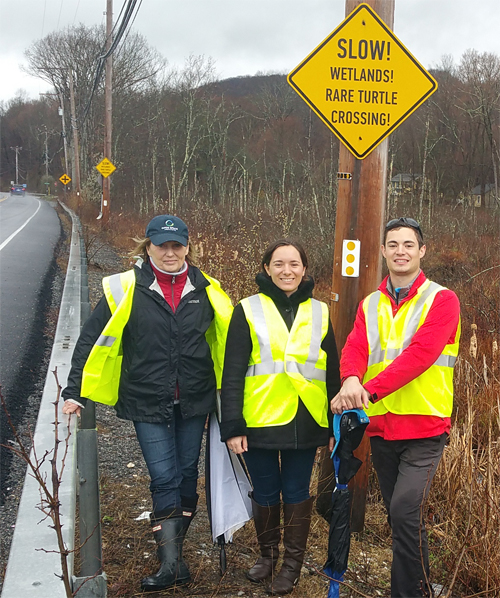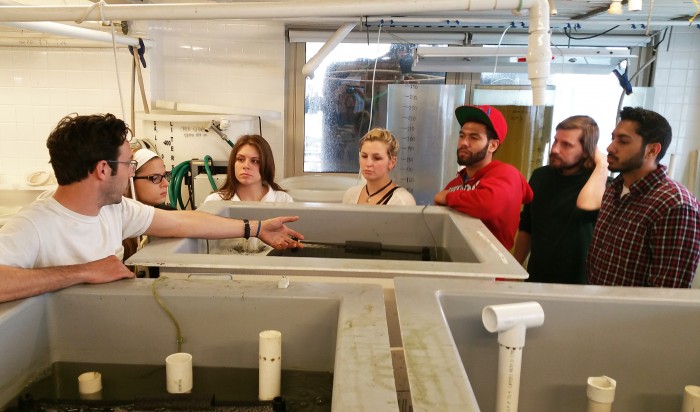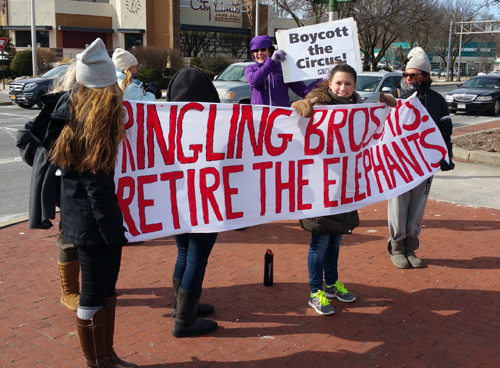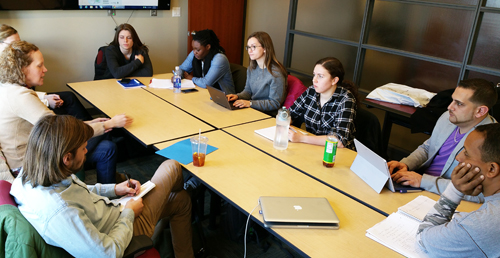
Lorelei7 at the English language Wikipedia [GFDL or CC-BY-SA-3.0], from Wikimedia Commons By Larry Rana (USDA) [Public domain], via Wikimedia Commons. Mash-up by John Cronin
«« »»
ON TUESDAY, Federal District Court Judge B. Lynn Winmill struck down Idaho’s ag-gag law, declaring it in violation of the First Amendment’s protection of free speech.
Although the State may not agree with the message certain groups seek to convey about Idaho’s agricultural production facilities, such as releasing secretly recorded videos of animal abuse to the Internet and calling for boycotts, it cannot deny such groups equal protection of the laws in their exercise of their right to free speech.
The full decision can be read here.
Since the time of Upton Sinclair’s The Jungle, muckrakers and activists have set out to expose the injustices taking place in the agricultural industry. At great personal risk, undercover journalists have released continued documentation of health threats and ethical issues to the public. Now this feed of consumer information is being steadily silenced, and the risk is exponentially greater. Ag-gag laws have already been passed in seven states, and new legislation with near-unlimited funding by Big Business is introduced daily.
What is ag-gag?
‘Ag-gag‘ is a term used for legislation created to criminalize whistle-blowing activity within the agricultural industry. Ag-gag legislation is frequently introduced after undercover footage exposes the range of dangerous, disgusting, and often illegal activity taking place at a given facility. Once the lobbying by skilled, well-compensated representatives is complete, the law is usually passed and undercover video and photography are made illegal in and around agricultural facilities.
In case you’re not already getting the sense that something is really off, remember that if found in violation of these laws you can be charged with terrorism. In 2006, Congress passed the Animal Enterprise Terrorism Act which effectively makes any act that harms the profits of a business associated with ‘animal enterprises’ criminal. Therefore, even showing a documentary exposing these acts of cruelty and risks to human health is technically illegal and, I repeat, an act of terrorism. Violators can be, and have been, sentenced to federal prison.
What are they hiding?
Behind the surveillance systems of most dairy and meat operations are facilities so despicable that words fail to draw an accurate image of the horrors within. Newborn cows calves, still wet with placenta, are dragged by their ankle from their mothers into isolation. Workers punch, kick, and stomp on their heads and bodies to make the calves complacent, or sometimes for no reason at all. For the rest of their short lives, cows are subjected to ankle-deep manure atop concrete, impervious surfaces, while pus-filled wounds leak and bleed onto their neighbors in densely-packed cells.
Sick, exhausted, and diseased cows, or “downers”, are kicked or lifted by forklift until they manage to stand or die. At only five years old, dairy cows are shipped to the slaughter house. Pigs are illegally fed the gutted remains of their own piglets. Chickens, ducks, and other other birds experience similar conditions, in addition to being packed on top of one another into small wire cages where movement is impossible and diseases are rampant.
If the cruelty is not enough to leave you sufficiently nauseated, the risk to human health will send you over the edge. Massive recalls of diseased meat are often prompted by the release of undercover record of health violations in slaughterhouses and meat packing facilities. In 2008, the nation’s largest recall was issued after it was discovered that diseased meat was being sent to the second-largest National School Lunch Program beef supplier.
Furthermore, animals are pumped full of antibiotics and steroids to make them produce more, faster and make them bigger, faster. In 2013, the Centers for Disease Control confirmed what advocates have claimed for decades: abuse of antibiotics in the agriculture industry contributes to antibiotic resistance in humans. The Food and Drug Administration responded with a guidance for the industry that was strictly voluntary. Advocates were harshly critical of the FDA action — see EarthDesk, December 13, 2013.
Judge Winmill’s decision finally begins to address the inhumane and unconstitutional nature of ag-gag laws, and hopefully sets a precedent for further changes in the near future.










